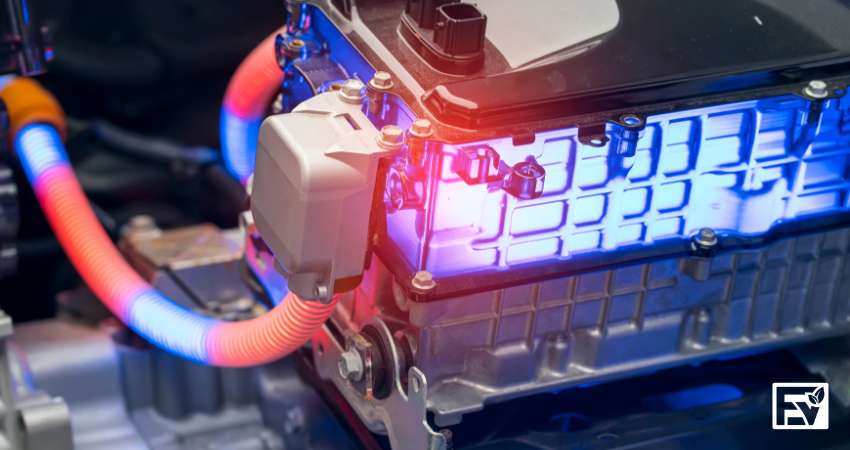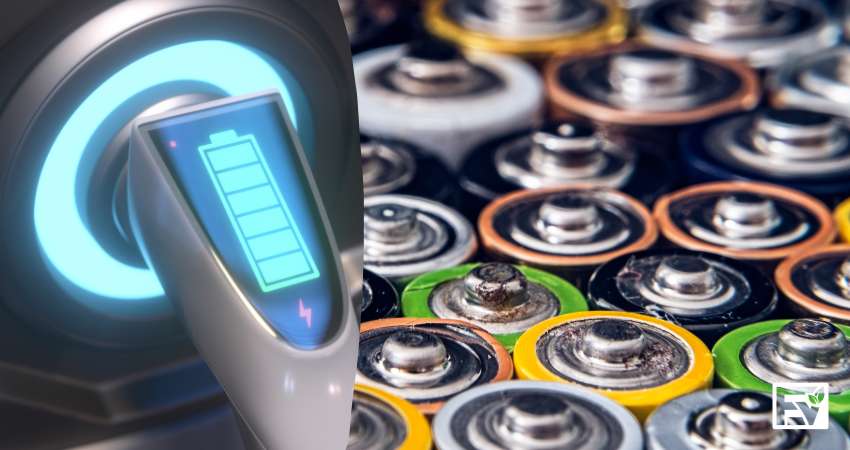Despite the constant push by electric car manufacturers to develop batteries with extraordinary ranges, people still have range anxiety entrenched in their minds. It allows them to develop different ideas to enhance battery capacities. A common one among these is simply adding more batteries to their cars.
No. Although it is hypothetically possible to add more batteries to an electric car, practically, it will do more harm than good—eventually defeating the purpose. Electric cars are sophisticated machines, their power needs are well-sized, and any tweaking with the batteries can risk all systems.
Why Cannot You Add More Batteries to an Electric Car?
Adding more batteries to an electric car disturbs its whole sophisticated calibration and working. Each electric car is engineered so that its electrical systems only support certain voltage and current levels. The batteries available in each electric car are thus chosen very carefully to cater to these needs in deep nitty gritty. By connecting more batteries in the parallel or series configuration, you can alter the voltage or current at the source. This culminates in some serious failure risks for the electric car.
Consider this example to help get the point: For some years, Nissan LEAF had been infamous for battery degradation and intolerance to hot weather. When the company finally decided to ‘retrofit’ them by upgrading them to the new lizard battery in 2014, it had to engineer a special fitting kit with it. If simple upgradation is an uphill task, letting people add their desired number of batteries will be far more complex.

However, if you can ‘re-engineer’ your electric car to support the new battery power levels, you may add more batteries—logically speaking. But it will be next to impossible since it needs plenty of resources. Besides, it is a counterintuitive task unless you are an EV aficionado with enough expedients: why would you spend so much time and energy redesigning an existing car than buying a new one with your desired battery power?
Then, How About Developing Electric Cars With Battery Addition Capability?

That is fair and rational reasoning. However, due to technical limitations and cost pressures, manufacturers cannot develop an electric car that can let the customer add extra batteries up to a wishful number. The technological problems are the same as discussed earlier—pursuing it will bear a hefty price tag for the manufacturers that will ultimately pass the price load to the customers. Furthermore, it is financially very beneficial for the companies to come back with new and improved batteries for the same models every year than to fix the battery addition issue once and for all.
What Are the Pros and Cons of Adding More Batteries to an Electric Car?
Pros
There are no benefits to adding extra batteries to an electric car other than to enhance the range. But again, the risks and disadvantages associated with it outweigh these so-called pros. There is, in fact, no point in even discussing them.
Cons
- Installation Cost: Installing more batteries for your electric car is akin to intricate surgeries. You will need a lot of money to deal with the circuitry and software upgrade to support the added power.
- Battery Cost: Based on the battery replacement cost, you can expect to incur up to $20,000 to add an extra power hub to your electric car. If you choose one with a smaller capacity, you can pay less for that.
- Warranty: EV manufacturers do not recommend adding more batteries. Even upgrading is recommended if a specific model supports it. In such cases, you might risk canceling your electric car’s warranty by interfering with the power source.

- Additional Weight: On average, electric car batteries weigh around 1,000 pounds. Some are even known to go beyond 2,000—which is huge. By adding extra batteries, you will overburden your vehicle. It will extract more energy from the power source to move. You will not get the expected range, eventually.
- Charging Time: It does not matter which level of charging you use; your car’s charging time will increase. If you almost double the battery capacity, also expect to stay at charging stations for double the time you usually do. Couple it with the additional weight issue, and you will still not get the optimal results.
Battery Addition vs Upgradation: What Is More Viable?
Based on the discussion above, battery upgradation is the only suitable option. Not all electric cars offer battery upgradation. Only Tesla and Nissan LEAF are on the list of EVs which do it. Moreover, you can only upgrade the battery to a certain capacity.
here are several reasons you should not add a battery or upgrade it. For instance, EV technology is progressing by leaps and bounds. Hopefully, you will be quite free of the ‘range anxiety’ soon. Though cost constraints exist in making a car that accepts additional batteries, manufacturers have let their pockets loose by spending millions on creating long-lasting and sustainable batteries, expected to come with each newer generation.
Take Toyota. It is testing solid-state batteries that can completely charge within merely 10 minutes. Even if your car runs out of charging, you should not worry about replenishing it almost instantly if there is a charging station nearby.
You can also overcome your range anxiety by deploying energy-efficient driving methods. Just drive smoothly, do not let the battery degrade quickly, and use the regenerative braking method to enhance the range.
Hold On… You Might Still Add More Batteries to an Electric Car
We know it does not make any sense to say this after crushing to the core and the idea of adding more batteries to an electric car, literally. However, there is a way to bypass the associated issues while still—technically speaking—adding an extra battery to an electric car.
You can use EV power banks to do the job. Though it will not always be connected to the main battery, you can carry it anywhere. EV power banks work like smartphones: charge them and connect them to the main battery to utilize the energy. Also, interestingly, EV power banks available in the market are not too big or heavy to take much of your trunk space or require towing mechanism.
But the idea of adding more batteries to an electric car that fits our thoughts accurately is put forward by Fiat. The Fiat Centoventi is a concept car with only 62 miles range battery pack (which is peanuts if compared with the EV ranges available today). However, it makes a difference through enhanced customization: it lets the users add more battery packs and get more range. If they drive up to 62 miles a day, they can opt for Centoventi without paying for a 200 miles-range electric car. But if they plan a long trip on it, they can purchase and put in more battery packs to extend the range up to 500 miles.
Conclusion: Can You Add More Batteries to an Electric Car?
Nope, you cannot (and should not) add more batteries to your electric car. Doing so might destroy every electrical and electronic system in the vehicle, besides having several other uncalled-for impacts. If your electric car offers a battery swap or upgrade, go for it instead. But all is not bad—we might soon see electric cars with battery-adding mechanisms hitting the roads.


